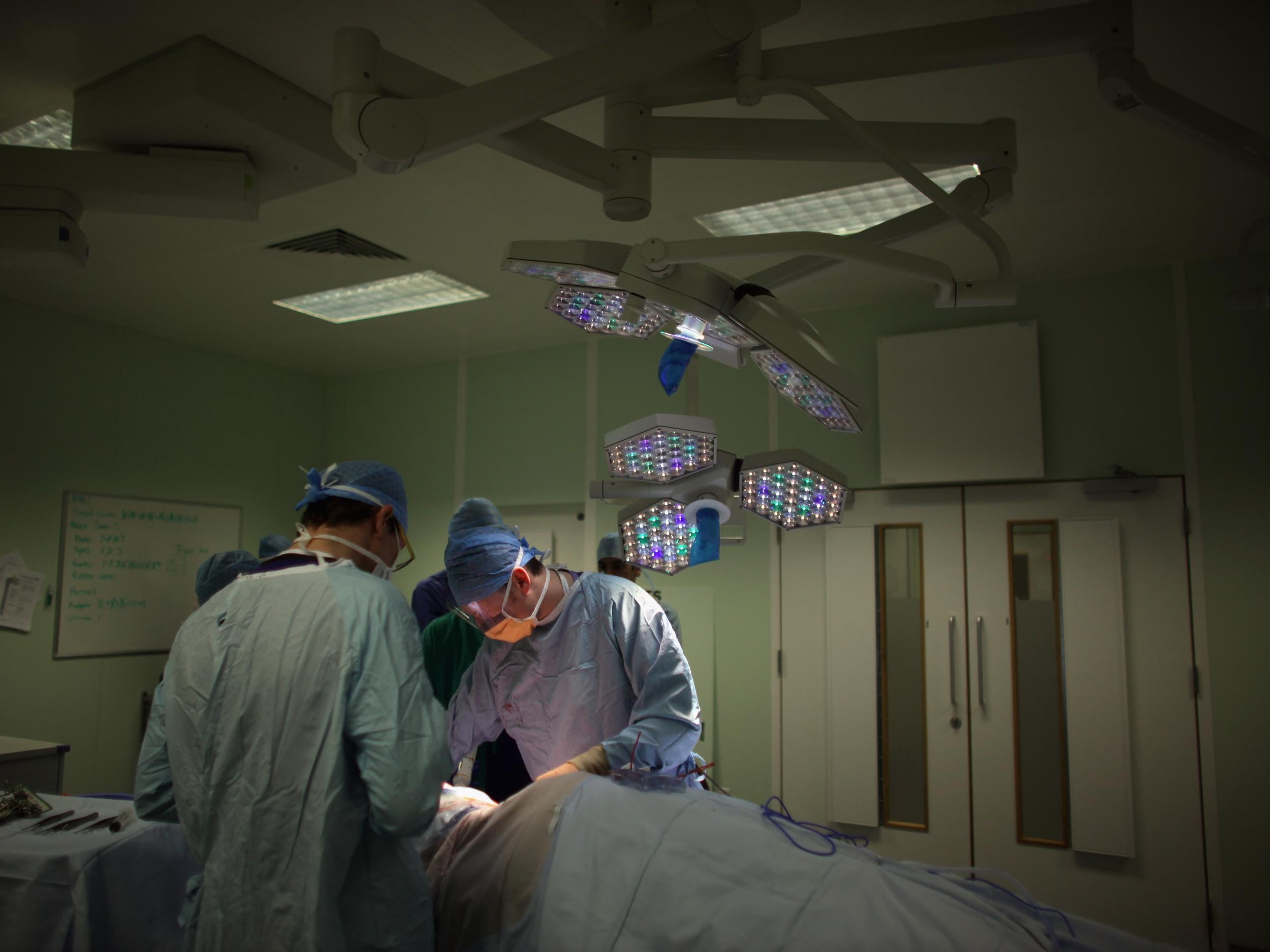Why Brazilian butt lifts are the deadliest type of plastic surgery
Despite causing death in one in 3,000 cases, the number of people getting the procedure has more than doubled in the last five years

Your support helps us to tell the story
From reproductive rights to climate change to Big Tech, The Independent is on the ground when the story is developing. Whether it's investigating the financials of Elon Musk's pro-Trump PAC or producing our latest documentary, 'The A Word', which shines a light on the American women fighting for reproductive rights, we know how important it is to parse out the facts from the messaging.
At such a critical moment in US history, we need reporters on the ground. Your donation allows us to keep sending journalists to speak to both sides of the story.
The Independent is trusted by Americans across the entire political spectrum. And unlike many other quality news outlets, we choose not to lock Americans out of our reporting and analysis with paywalls. We believe quality journalism should be available to everyone, paid for by those who can afford it.
Your support makes all the difference.The desire for a larger bottom is becoming more popular, with the number of so-called Brazilian butt lifts more than doubling in the last five years.
However, a recent high profile case – which involved a doctor in Miami who was banned from operating after the death of a patient during surgery – highlights the risks associated with having this procedure. According to the American Society of Plastic Surgeons, the Brazilian butt lift (BBL) has the highest rate of death of all aesthetic procedures.
What is a Brazilian butt lift?
Some people have a BBL for aesthetic reasons, but many have it after losing lots of weight, serious disfigurement after pelvic trauma, or experiencing practical problems, such as holding up trousers.
The procedure involves taking fat from areas of the body where it’s not wanted and transplanting it into the glutes to enlarge them.
To be successful, a fat graft needs nutrition and so has to be injected into tissue that has a blood supply. Fat can survive if injected into other fat, but up to 90 per cent of it can be absorbed if it is. Fat has more chance of staying in place if it is inserted into muscle – but this is where the risk lies.
Injecting fat into the buttock can easily lead to serious problems if done incorrectly. These include a fat embolism – when fat enters the bloodstream and blocks a blood vessel. In the lungs, for example, it blocks oxygen from entering the bloodstream, while in the brain it can cause a stroke. Both can be fatal.
The volume of fat is also important. Most surgeons consider 300ml – slightly less than a can of soda – to be a safe amount. However, some more experienced surgeons use a much larger volume of fat that may be measured in litres.
Why is the mortality rate so high?
A 2017 survey of 692 surgeons from across the world investigated the rate of mortality among patients undergoing BBL. Throughout their careers, the surgeons reported 32 cases of death from a fat embolism and 103 non-fatal cases, but there are probably many more that remain unreported.
Fat embolism was recently identified as the leading cause of death in aesthetic surgery. The estimated death rate from fat embolism may be as high as one in 3,000 for BBLs. A 2015 study of deaths from BBL surgery concluded that they probably occur as a result of gluteal blood vessels becoming damaged during the procedure, allowing fat to enter the bloodstream. The authors recommended that “buttocks lipoinjection should be performed very carefully, avoiding injections into deep muscle planes”.
Deaths in the US have caused concern. In one recently reported case in the US that led to death from a fat embolism, surgeons believed injections had been made into superficial fat, but at post-mortem fat was found in the heart and lungs. There was also some evidence of damage to gluteal blood vessels.
However, it should be noted that fat is also injected into muscle for some breast enhancement surgery, with no reported deaths. This suggests that there are other factors involved in the high mortality rate among BBL patients.
Most of these deaths appear to have been caused by inappropriately qualified practitioners working in non-approved facilities, including homes and garages. One Brazilian celebrity plastic surgeon, known as “Dr Bumbum”, was recently charged with murder after the death of a patient at his home during surgery.
Other post-surgery problems, such as gangrene and sepsis, can also be fatal.
Is it worth the risk?
The potential risk of death from a fat embolism has to be weighed against the benefits, especially in cases where there are physical and functional benefits to having the surgery. In the case of the Brazilian butt lift, perhaps the risks outweigh the benefits.
Nevertheless, in a celebrity and beauty obsessed society, the procedure remains popular, despite the risks. So it is important that surgeons make the risks of the procedure very clear to anyone considering it. Patient safety should always be the top priority. And surgeons need to do more to increase the safety of the procedure and lower the unnecessarily high mortality rate.
Jim Frame is a professor of aesthetic plastic surgery at Anglia Ruskin University. This article first appeared on The Conversation
Join our commenting forum
Join thought-provoking conversations, follow other Independent readers and see their replies
Comments